What are the mistakes to avoid in Hi-Fi at all costs? Our blog is getting richer every day with articles devoted to high fidelity, yet these are mostly proactive in the sense that they give advice on what is best for one's system. But what if we took the bull by the horns for once by telling you what should absolutely be avoided? Here are five horrors you should pay close attention to.
First, neglecting the importance of the listening environment
This mistake (and horror) that can be made when it comes to high fidelity was already the subject of of one of our articles, albeit in an inverted way. In that case, in fact, we praised the importance of having a listening room that is well cared for and optimized for its purposes: music listening, in most cases. A proper balance through the correct arrangement in the room of acoustic panels, carpets and books can distort, in a positive way, the sound of a Hi-Fi system. At the same time, the excessive presence of glass and hard surfaces that reflect sound waves could create echoes and interference that would compromise the performance of even the most high-performance system. Be careful, however, not to overdo the elements we have said bring benefits. An over-furnished room may in fact absorb too much sound, dampening it.
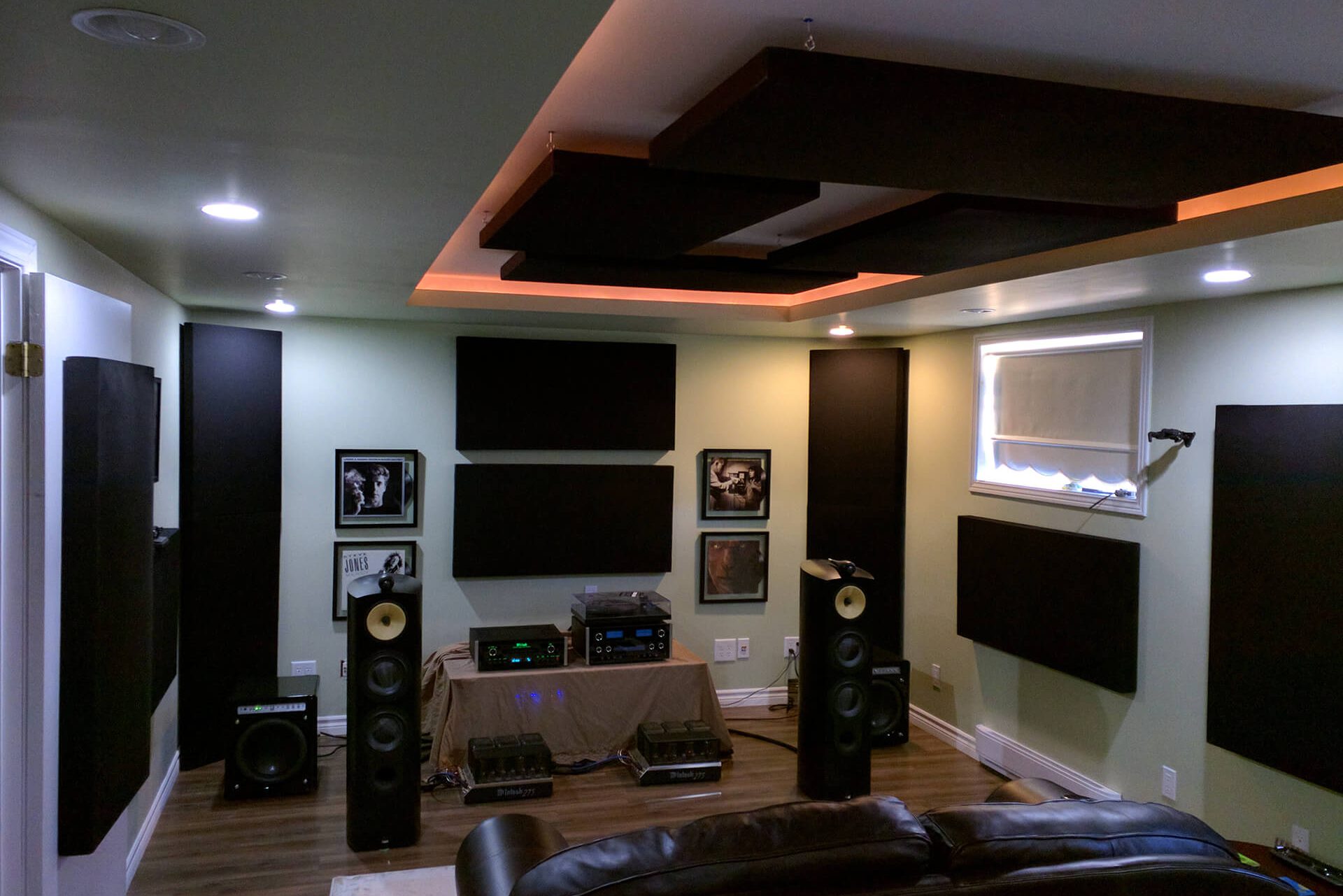
Second, misplace the speakers
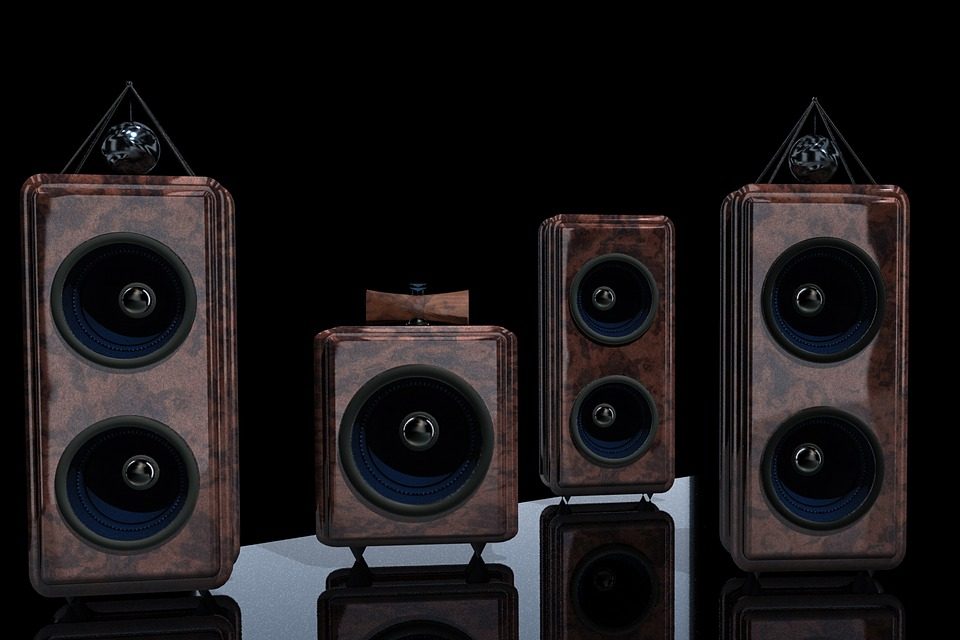
This horror has also been covered previously in an article. Already there, we advised you to pay due attention to the speaker placement of your Hi-Fi system. Many people overlook this aspect, which can instead drastically affect sound quality. Placing speakers too high or too low in relation to the listener's ear, not creating an equilateral triangle with the right angle between speakers and audiophile, and inserting obstacles, which can compromise the emitted sound, are all mistakes to avoid in Hi-Fi. Speakers are the end point of the latter, the medium through which sound is finally transmitted into the room. Their location therefore directly affects how sound waves travel, with significant effects.
Third, exaggerating the volume and, therefore, distorting the sound
One of the first things you may happen to do when making improvements to your Hi-Fi system is to turn down the the volume. Why? Because, unknowingly or not, we tend to increase the volume of our system when the overall sound quality does not satisfy us. We do this to try to hear better that detail that, for one reason or another, is dull and unclear. The solution, however, is likely to result in more damage than the problem. In fact, by raising the volume beyond the recommended limits, we risk not only distortion, but also physical damage to the components of our Hi-Fi system. Due attention to settings can make a big difference.

Fourth: improvise

Improvising and leaving everything to chance is a modus operandi that always has consequences, more and more important as one splits hairs, regardless of the sphere in which one acts. In a context such as high fidelity, which takes the pursuit of sound reproduction to its highest levels, improvising can only cause great harm. Ultimately, it is important to test, but it must be patient and methodical experimentation, not dictated by haste. It is important to take the time to try different settings, placements and even components to find what works best for us. We are not afraid to refine our setup over time.
Fifth, ignore the quality of the cables
Could we have missed an error dedicated to those who underestimate the importance of wiring in their system on the blog of Ricable? Of course not! What we want to invite you to do, however, is not to spend as much as possible on wiring, but to have an underlying balance between connections and electronics. Having low quality cables, especially the main ones: signal, power, power supply, and very good electronics equates to signal degradation and possible introductions of noise into the sound. The opposite (cables of an exaggerated level and an entry-level system) is still a problem, because the cables could bring to light all the limitations of the system itself, as if they were a magnifying glass. It's all to our disadvantage to tell you this, but when you buy a cable, don't go overboard. Neither in one sense-or the other. Also of paramount importance is "simplicity," which in Hi-Fi, as in so many other contexts, is not synonymous with "triviality." Simplicity in high fidelity has no negative value...quite the contrary! Unless you have esoteric systems, the more linear the sound path, the better. An abundance of filters, adapters and cobblers of any kind will only hinder the sound signal before it is emitted from the speakers. Speaking of cobblers, you can see one in the photo opposite, which one of our customers - whom we thank - kindly allowed us to publish. Last tip: never roll up your cables on themselves, or you will be dealing with the infamous "antenna effect"!

Common sense always wins out
We are probably not going to turn any audiophile's life upside down with this article devoted to mistakes to avoid in Hi-Fi, but at the same time phone calls, chats, and e-mail exchanges with some of our customers made us feel that the writing was not wasted effort. This was a review of the things not to do in Hi-Fi, which will surely serve those who are just getting into this passion, and equally surely might serve those who are veterans but are in the midst of a reset because of major changes to their system, for example. Since cables have been mentioned, we take this opportunity to invite you to take a look at our catalog!







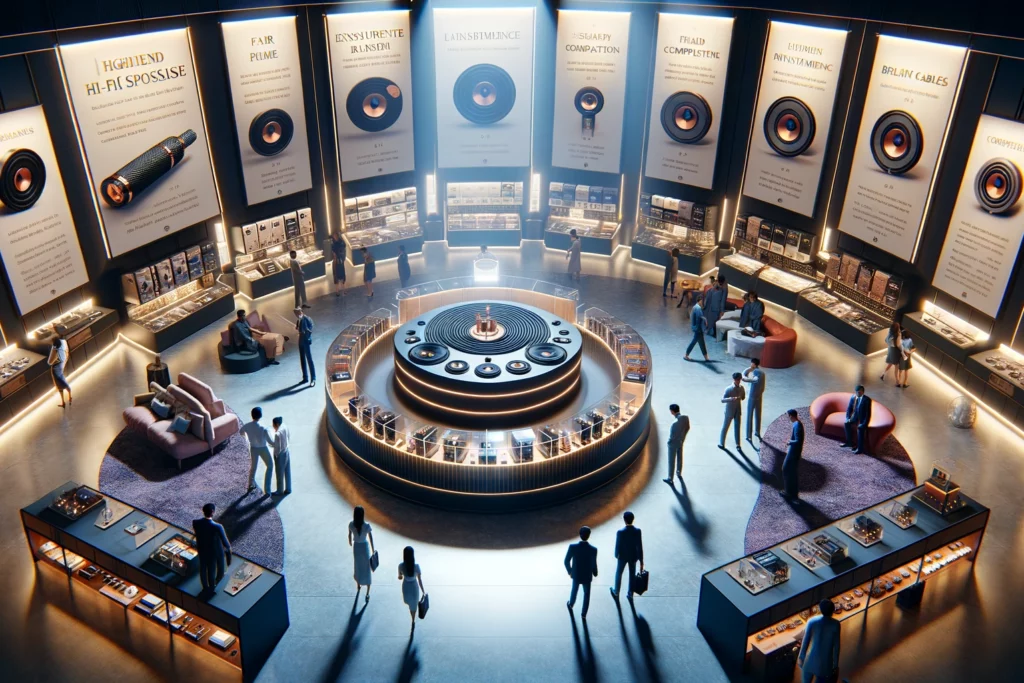

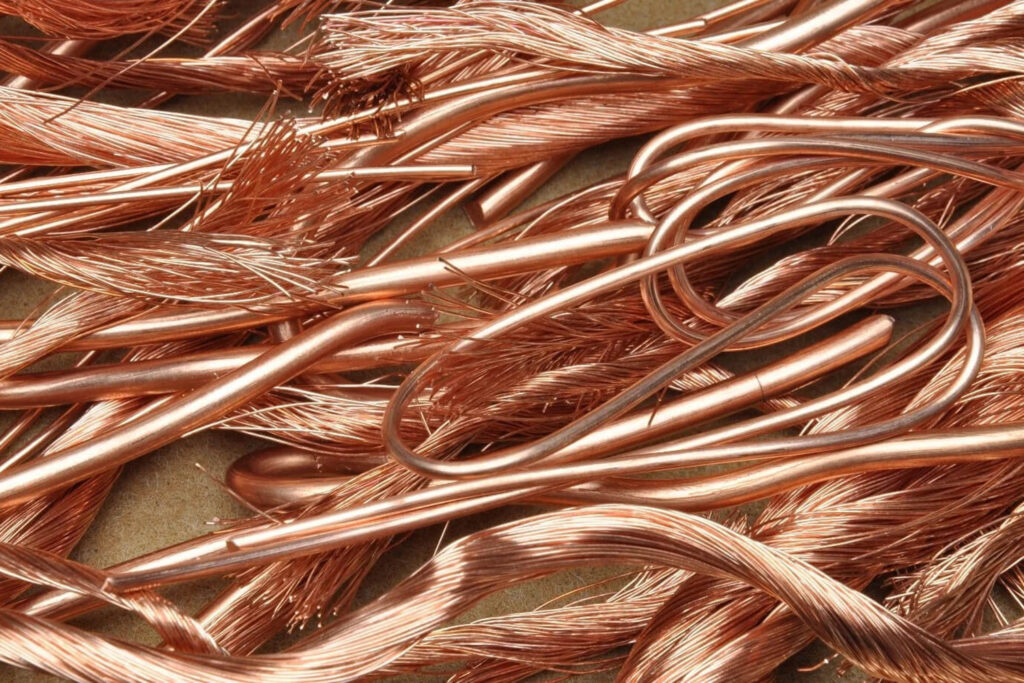

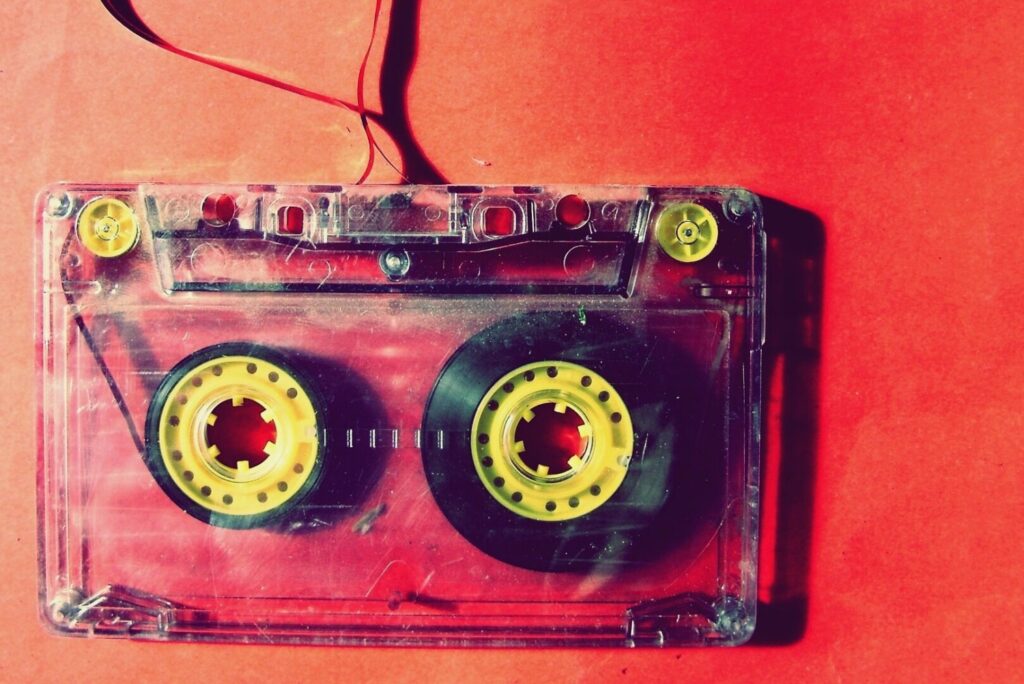
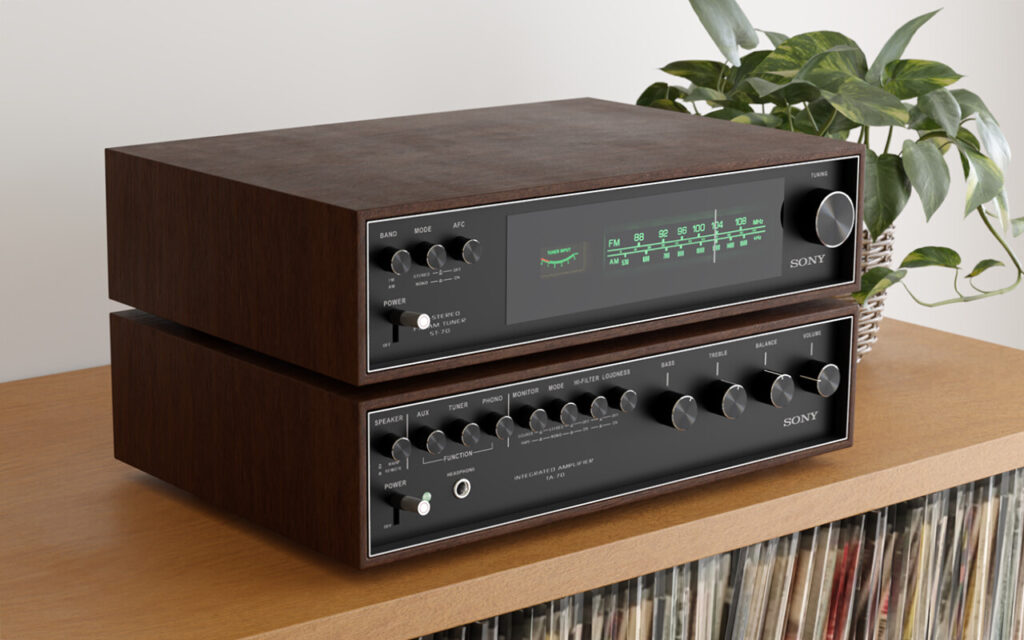


I would like to add that in the case of homes in large Cities, there is also the problem of conducted and induced noise.
I had my system that had the signal of the dx channel. Very attenuated. Over time I solved it with differential mode filtering and enclosing all equipment in a cabinet lined with tin foil.
I am not a fanatic nor a psychoacoustician.